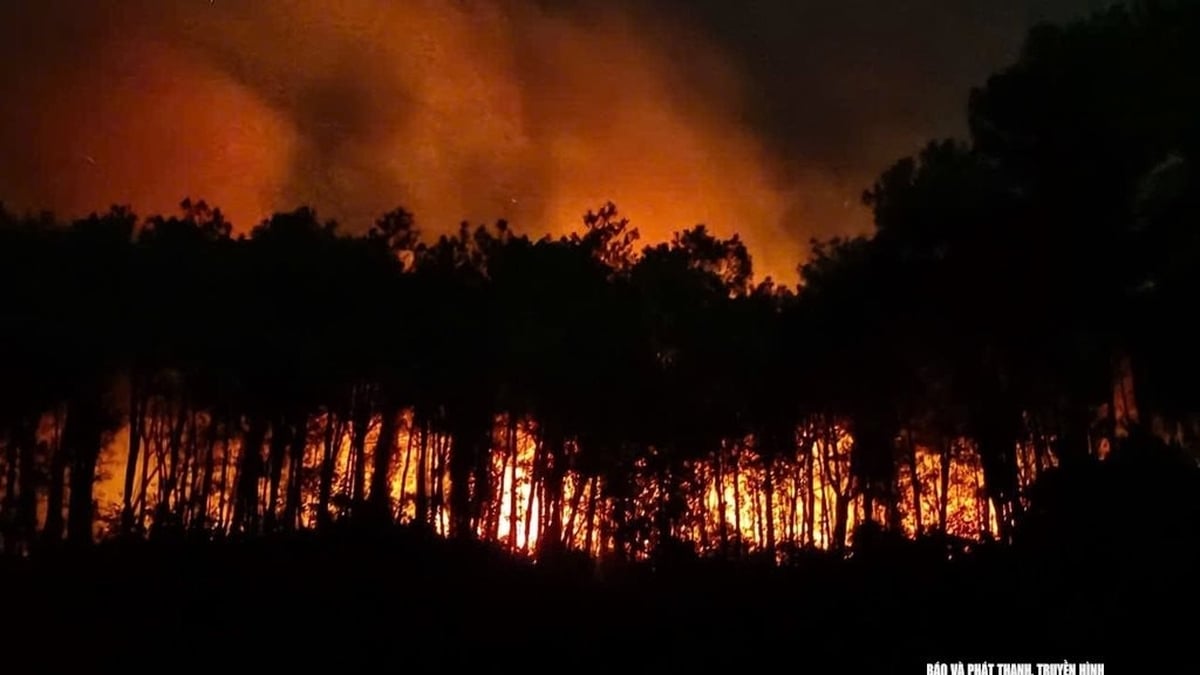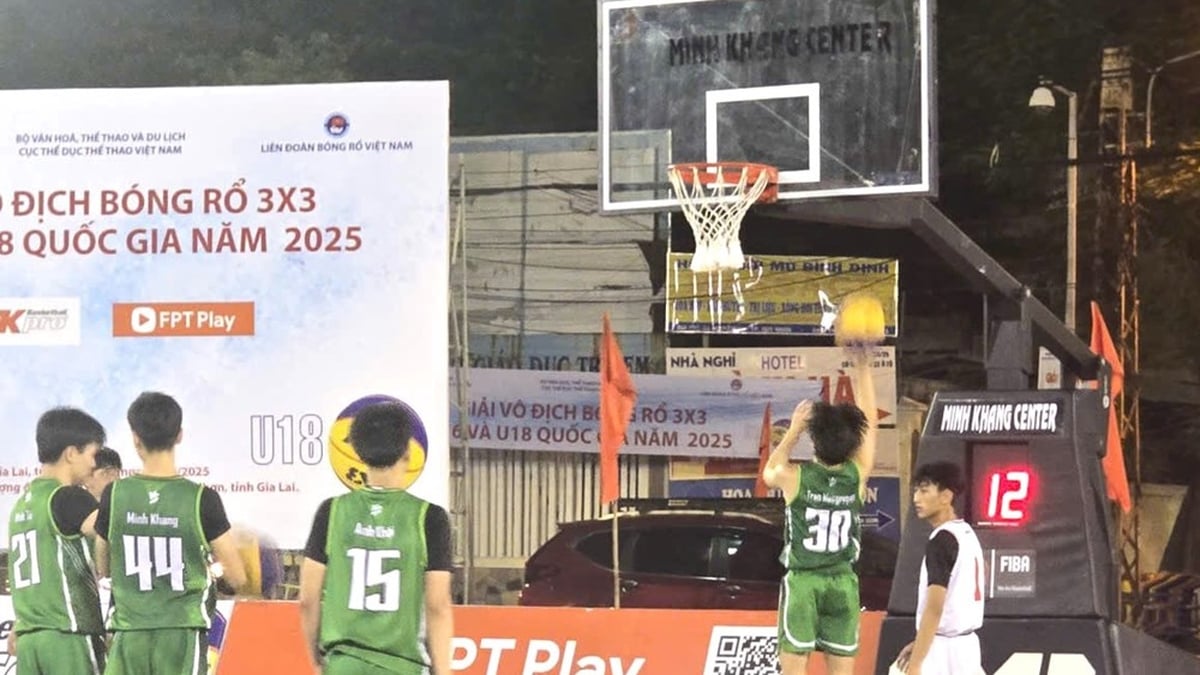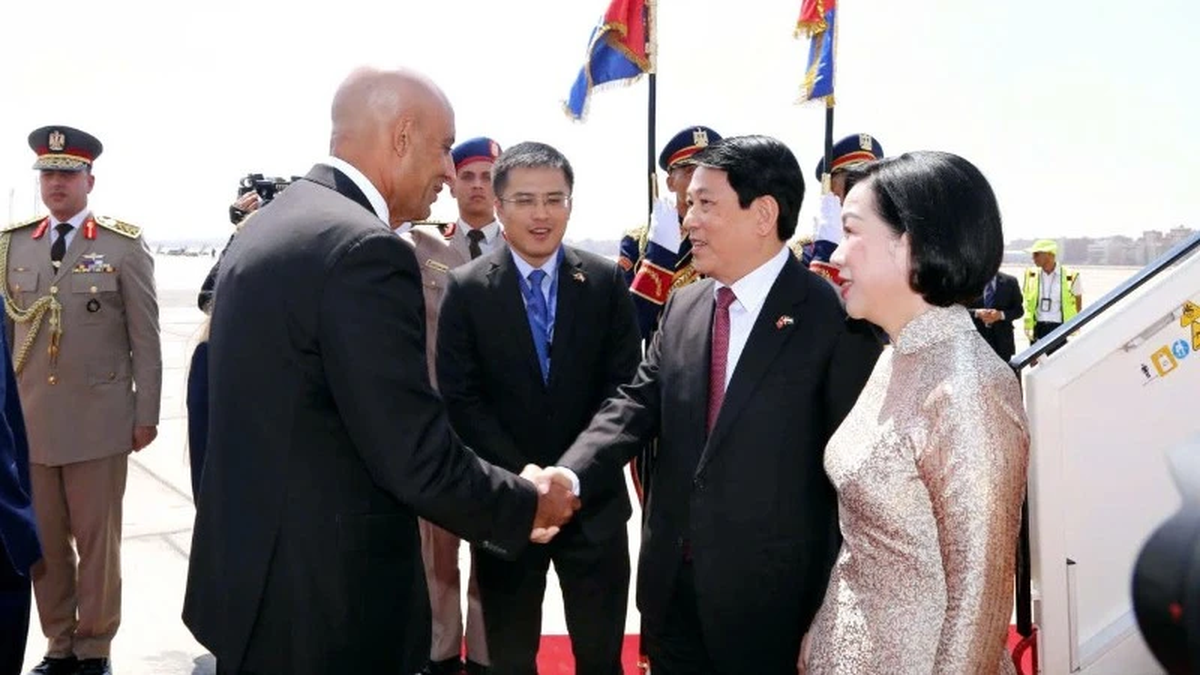People from China, Malaysia, the Philippines, Indonesia... go shopping, clean up, and celebrate festivals before the Lunar New Year.

Giant dragon lanterns during the lantern festival at Dong Shen Temple, Fo Guang Shan in Jenjarom, on the outskirts of Kuala Lumpur, Malaysia.
The temple was built in 1994, covers nearly 6.5 hectares, and is the center of Buddhism in Malaysia. The temple is famous for its annual Flower and Lantern Festival held during Tet, which lasts 15 days and attracts hundreds of thousands of visitors.
Malaysia is a multi-racial country, with the Chinese being one of the largest communities. Chinese New Year is one of the most important holidays in Malaysia and this year people have two days off on February 10 and 11.

A baby touches a red lantern sold at a market in Gaomi City, Shandong Province.
During the days before Tet, Chinese people often buy red lanterns and parallel sentences, the color symbolizing luck, to decorate their houses.

A woman looks at a dragon doll at a Lunar New Year market in Hong Kong on January 30.
According to Eastern philosophy, 2024 is the year of the Wood Dragon. Therefore, dragon-shaped items and decorations are often purchased by people for decoration or as souvenirs and gifts.

People gathered in Chinatown, Manila, Philippines, to attend the lighting ceremony of the Money Tree on February 1. The Money Tree, also known as the Prosperity Tree, is a feng shui symbol often used to attract positive energy to bring wealth, luck, fortune, peace, and prosperity.
Chinatown in Manila has been around for 430 years and is the largest Chinatown in the Philippines. It often hosts many activities such as lion dances and fireworks during the Lunar New Year.

A dragon model and fresh flowers celebrate Tet at Gardens by the Bay in Singapore on February 1.

A man writes the word "Phuc" at a tourist spot in Thanh Chau, Weifang city, Shandong province, February 2.
The word "Phuc" symbolizes luck, blessed by heaven and earth and gods. Chinese people often paste the word Phuc upside down on their doors during Tet, because the pronunciation of the word "nguc" is similar to the word "to", meaning "luck comes to the house".

Lights shine brightly in Datang Buyecheng, a famous nightlife district in downtown Xi'an, capital of Shaanxi Province, on February 2.

Chinese Indonesians bathe a Buddha statue ahead of the New Year at Dharmayana Temple in Bali, Indonesia, February 3.
Lunar New Year has been recognized as a national holiday in Indonesia since 2003. There are about 2.8 million ethnic Chinese living in Indonesia, a predominantly Muslim country. On this day, ethnic Chinese in Indonesia often bathe Buddha statues, clean temples, decorate houses...

Chinese girls wearing traditional costumes parade along the Champs-Elysees avenue in Paris, France, February 4.
This activity is part of a series of events celebrating Tet of the Chinese community in France. The lion and dragon dance team, two animals symbolizing strength, courage and luck, perform behind.

Dihua Old Town in Taipei, Taiwan, bustling with people shopping for Tet on February 4.
People of Hoang Lang village carry a 100-meter long lantern consisting of a dragon head and a lantern-decorated bench body, parading through the village to pray for prosperity in the new year 2024 on February 4.
Huangling Village in Wuyuan City, Jiangxi Province, was recognized by the United Nations World Tourism Organization as one of the world's best tourist villages in 2023. Video: CGTN
Photo: AFP/Xinhua - Vnexpress.net
Source link



































































































Comment (0)